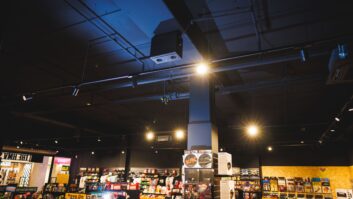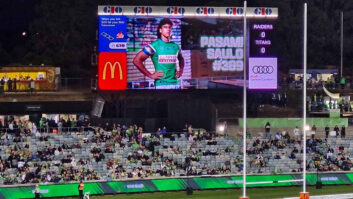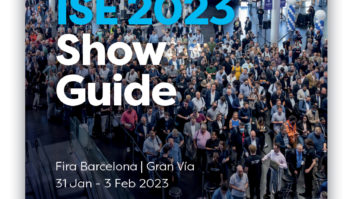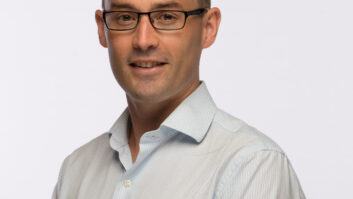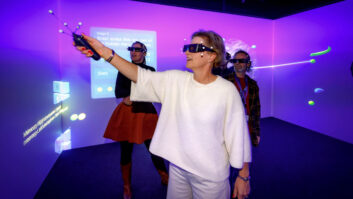What is it, and what is it used for?
Also known as smart glass, EGlass, or LED switchable glass, it’s a special type of glass that uses a small electric current to switch between opaque and clear. It can be used to make blinds unnecessary in projects that require privacy or security, but in the audiovisual context its main use is as a projection surface.
How visually obtrusive is it?
It’s generally no more obtrusive than a sheet of regular glass. It can be supplied in a number of ways: as a suspended projection screen, mounted in a floorstanding base, or as a partition in home or office spaces, for instance.
What alternatives are available? Relative advantages and disadvantages?
It’s an alternative to a projection screen or to a plasma or LCD display, but generally used when neither of those options is feasible. Hiding away a projection screen or display screen generally requires both a motorised solution and the availability of space to store the equipment when it is not in use – which may be difficult or impossible in certain projects, particularly for larger screens. By contrast, a switchable glass screen all but disappears when switched into ‘clear’ mode – instantly and silently. There is also more of a wow factor.
How crucial is the positioning?
There are few intrinsic restrictions to where switchable glass can be placed. It’s important to consider reflections from windows and other light sources. If necessary, the glass can be titled forward at a slight angle to minimise reflections. Most modern projectors are capable of adjusting the geometry of the image so that he projected image remains rectangular, even if the projector and/or the projection surface are at an oblique angle.
Pictured is an LED glass installation at St Mary’s Church, Kilburn (courtesy of Cunnings Recording Associates). This case study will be featured in the August issue of Installation Europe.

